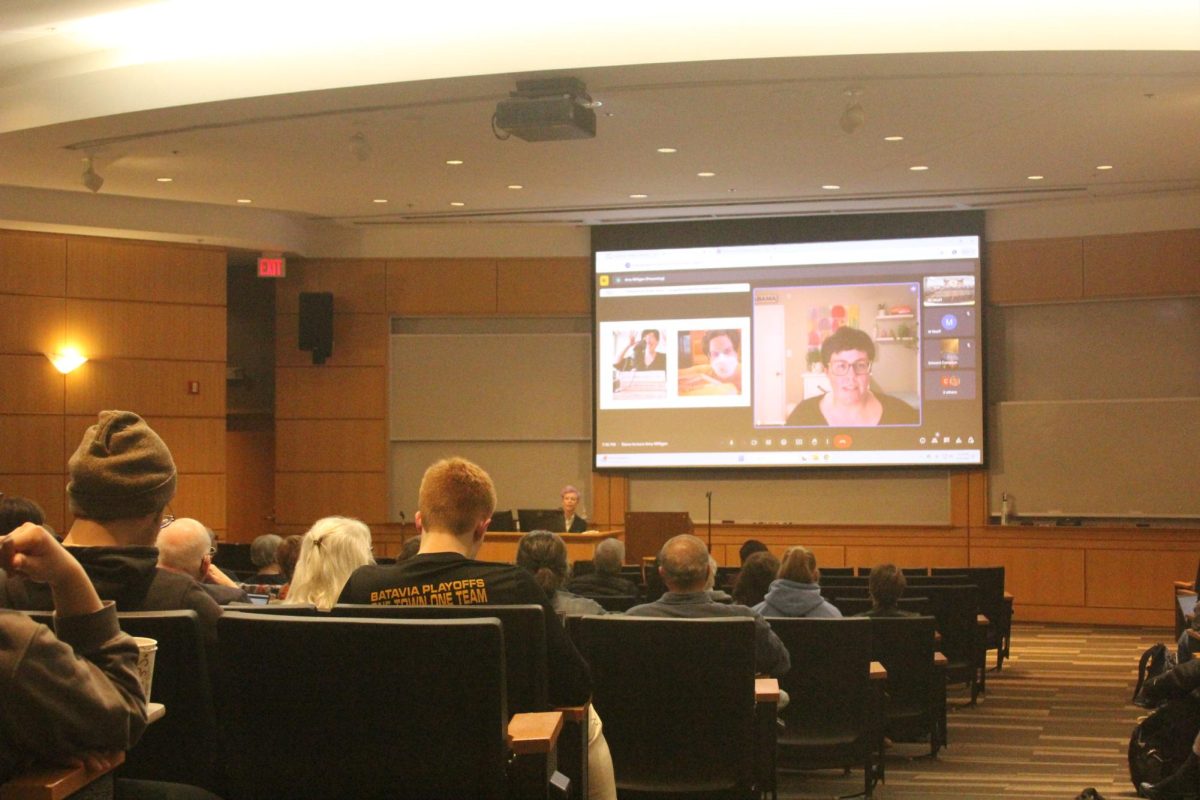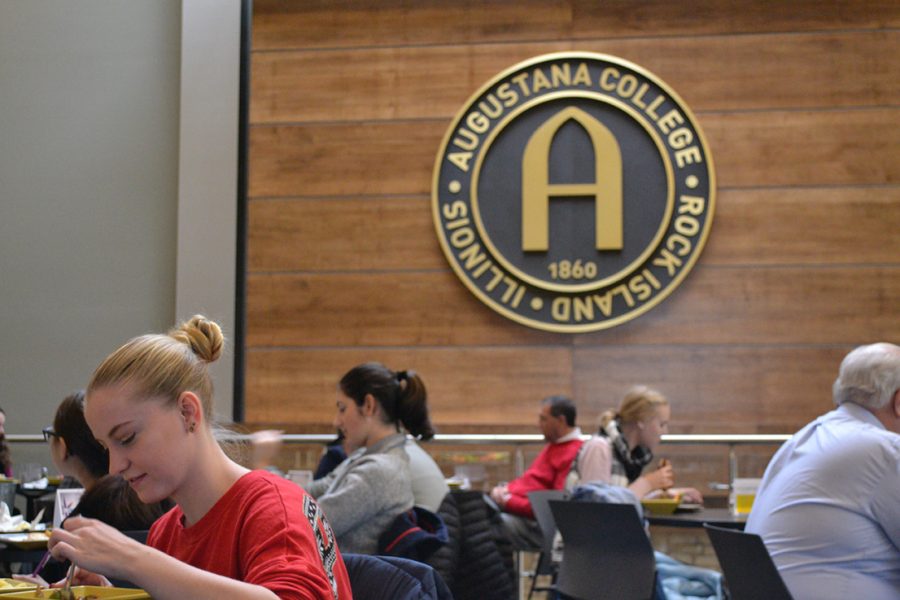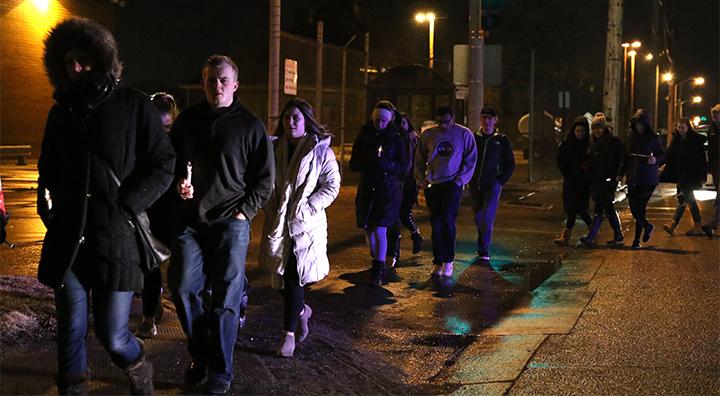Supreme Court threats to affirmative action endanger campus diversity and opportunity
November 12, 2022
Colleges across the United States have been free to use affirmative action in admission decisions to contribute to campus diversity, but recent Supreme Court arguments jeopardize this.
Brittanica defines affirmative action as “[T]he active effort to improve employment, educational and other opportunities for members of groups that have been subjected to discrimination [and] criteria include race, disability, gender identity, sexual orientation, ethnic origin and age.”
While the Court explores the intention of affirmative action, it fails to show that it is unconstitutional. It is likely that this is because affirmative action is undoubtedly necessary as it works to combat inequalities in the admissions process and promote campus diversity.
Some may view affirmative action as providing students with such backgrounds an unfair advantage over others, but this is simply untrue. This argument does not consider that students that have not faced discrimination have greater access to resources and opportunities.
Removing a college’s ability to consider race and other factors in admissions decisions prevents students from underrepresented communities from competing with their peers and fails to consider how their lives have been shaped by social inequality.
This means that going into admissions, peers who have not experienced inequality throughout their upbringings already have the upper hand – something that is challenged by affirmative action.
To break down this argument against it, one must consider equality versus equity in an admissions process context.
Equality would be ensuring that everyone can apply and that their applications are evaluated under the same criteria without added benefit given to anyone. While providing everyone with the same level of opportunity and assistance does sound fair, this does not account for specific needs and abilities – which may in turn require specific levels of support and assistance.
This is where equity comes into play – when colleges and universities can consider students’ circumstances in admissions they can apply this to their decision on students’ acceptance. This ensures that students who are from underrepresented communities can compete with students from more privileged backgrounds who have had more opportunities.
Ruling that affirmative action is unconstitutional would make these students less able to compete, preventing them from having equal access to higher education despite the process allegedly being equal.
This would limit campus diversity through its inability to address inequalities, such as those attributed to discrimination based on race or gender, as students are not provided with opportunities equivalent to their circumstances. Essentially, providing students with “equality” creates inequality, while providing equity would create fairness.
Looking only at the test scores and extracurricular activities of students rather than their individual stories relating to factors like race or gender eliminates the role that these can play in their lives.
Some college applications do require personal statements and essays, which may provide some depth into the students applying. However, these essays are often with a word limit and prompt and provide limited insight into these struggles.
As a result, admissions would be operating opposite the way society works, with existing discrimination or lack of representation creating barriers that would be ignored when viewing students’ applications from a purely scholastic standpoint.
Not allowing college admissions to take affirmative action and give students from underrepresented communities preferential treatment would only further contribute to existing inequalities for underrepresented groups.
Affirmative action creates a balance between candidates from a variety of backgrounds, something that ruling it unconstitutional would tip.
This demonstrates that there is a clear need for continuing to allow college admissions to utilize affirmative action. It creates equitable opportunities for students from underrepresented populations, allowing them to compete with students who may have had more opportunities or greater access to resources.
Additionally, it sheds light on the role that factors such as race or gender can play in students’ lives, rather than viewing all students through the same lens.



































































































